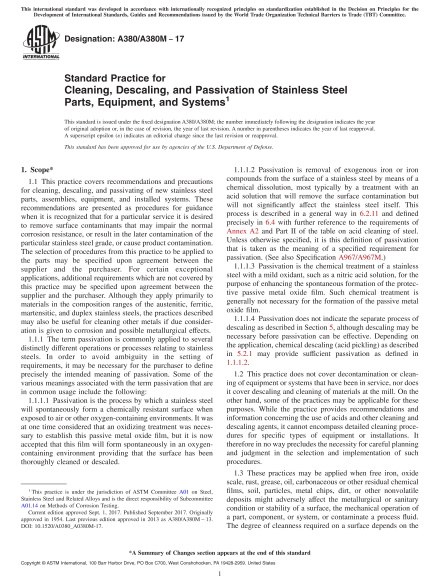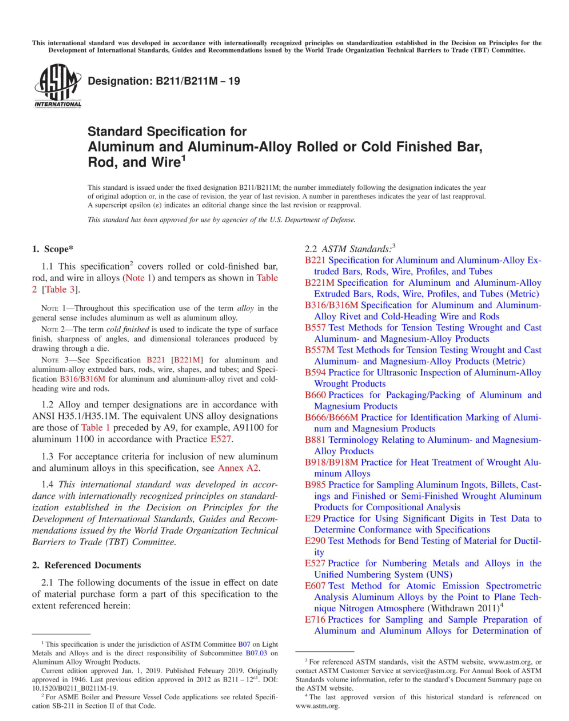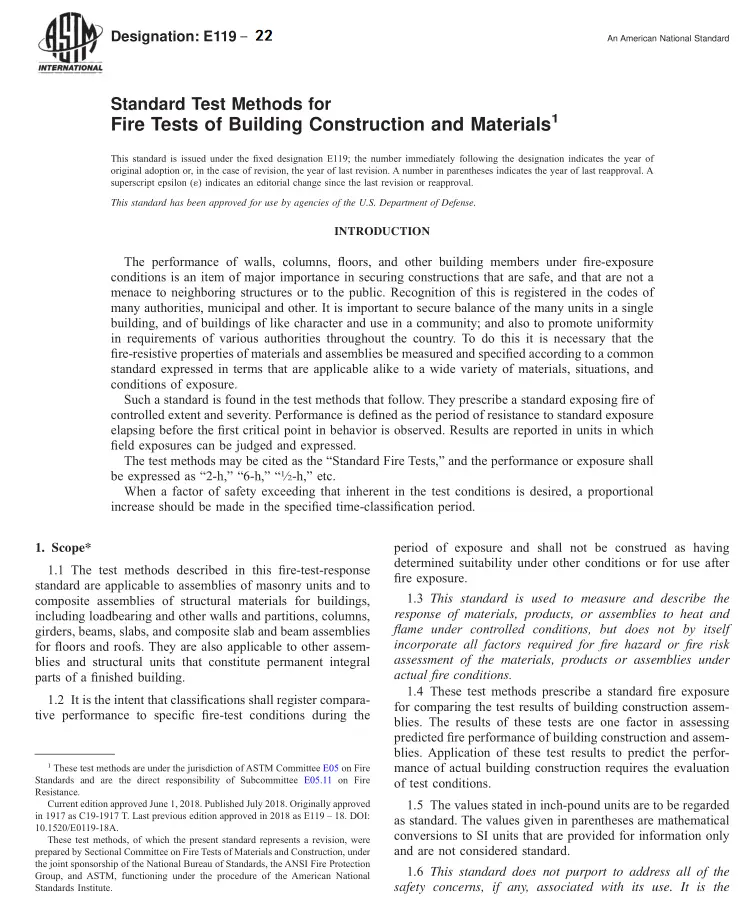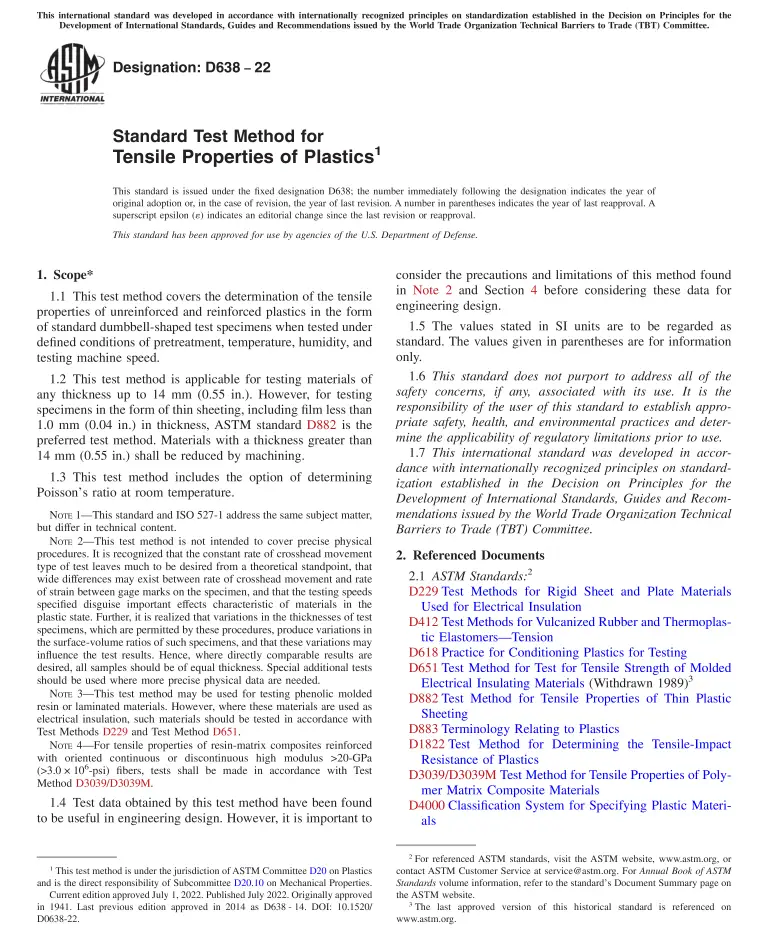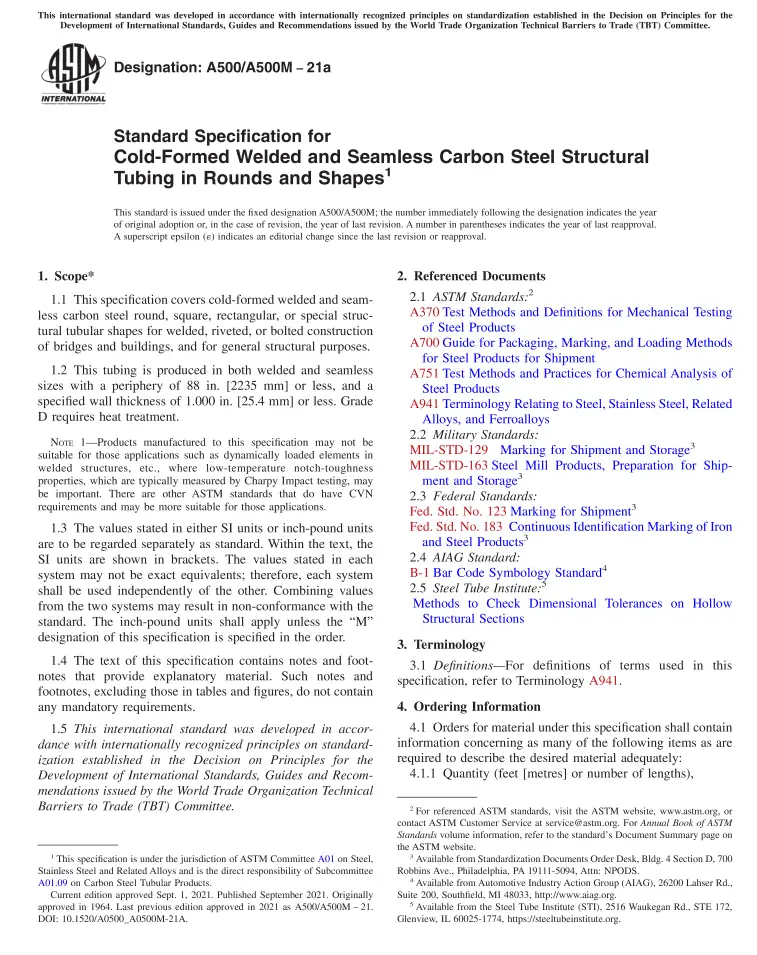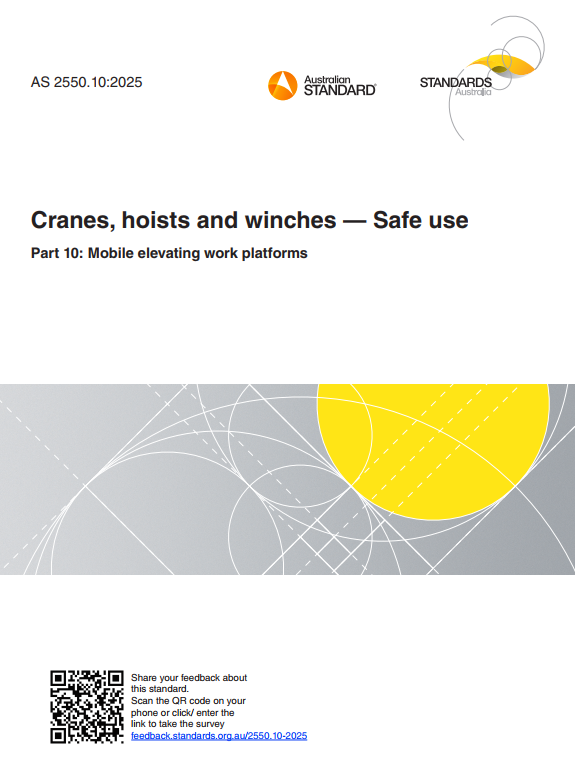ASTM A380/A380M, 2017 Edition – Standard Practice for Cleaning, Descaling, and Passivation of Stainless Steel Parts, Equipment, and Systems
This practice covers recommendations and precautions for cleaning, descaling, and passivating of new stainless steel parts, assemblies, equipment, and installed systems. These recommendations are presented as procedures for guidance when it is recognized that for a particular service it is desired to remove surface contaminants that may impair the normal corrosion resistance, or result in the later contamination of the particular stainless steel grade, or cause product contamination. The selection of procedures from this practice to be applied to the parts may be specified upon agreement between the supplier and the purchaser. For certain exceptional applications, additional requirements which are not covered by this practice may be specified upon agreement between the supplier and the purchaser. Although they apply primarily to materials in the composition ranges of the austenitic, ferritic, martensitic, and duplex stainless steels, the practices described may also be useful for cleaning other metals if due consideration is given to corrosion and possible metallurgical effects.
The term passivation is commonly applied to several distinctly different operations or processes relating to stainless steels. In order to avoid ambiguity in the setting of requirements, it may be necessary for the purchaser to define precisely the intended meaning of passivation. Some of the various meanings associated with the term passivation that are in common usage include the following:
Passivation is the process by which a stainless steel will spontaneously form a chemically resistant surface when exposed to air or other oxygen-containing environments. It was at one time considered that an oxidizing treatment was necessary to establish this passive metal oxide film, but it is now accepted that this film will form spontaneously in an oxygencontaining environment providing that the surface has been thoroughly cleaned or descaled.
Passivation is removal of exogenous iron or iron compounds from the surface of a stainless steel by means of a chemical dissolution, most typically by a treatment with an acid solution that will remove the surface contamination but will not significantly affect the stainless steel itself. This process is described in a general way in 6.2.11 and defined precisely in 6.4 with further reference to the requirements of Annex A2 and Part II of the table on acid cleaning of steel. Unless otherwise specified, it is this definition of passivation that is taken as the meaning of a specified requirement for passivation. (See also Specification ASTM A967/A967M.)
Passivation is the chemical treatment of a stainless steel with a mild oxidant, such as a nitric acid solution, for the purpose of enhancing the spontaneous formation of the protective passive metal oxide film. Such chemical treatment is generally not necessary for the formation of the passive metal oxide film
Passivation does not indicate the separate process of descaling as described in Section 5, although descaling may be necessary before passivation can be effective. Depending on the application, chemical descaling (acid pickling) as described in 5.2.1 may provide sufficient passivation as defined in 1.1.1.2.
This practice does not cover decontamination or cleaning of equipment or systems that have been in service, nor does it cover descaling and cleaning of materials at the mill. On the other hand, some of the practices may be applicable for these purposes. While the practice provides recommendations and information concerning the use of acids and other cleaning and descaling agents, it cannot encompass detailed cleaning procedures for specific types of equipment or installations. It therefore in no way precludes the necessity for careful planning and judgment in the selection and implementation of such procedures.
These practices may be applied when free iron, oxide scale, rust, grease, oil, carbonaceous or other residual chemical films, soil, particles, metal chips, dirt, or other nonvolatile deposits might adversely affect the metallurgical or sanitary condition or stability of a surface, the mechanical operation of a part, component, or system, or contaminate a process fluid. The degree of cleanness required on a surface depends on the application. In some cases, no more than degreasing or removal of gross contamination is necessary. Others, such as foodhandling, pharmaceutical, aerospace, and certain nuclear applications, may require extremely high levels of cleanness, including removal of all detectable residual chemical films and contaminants that are invisible to ordinary inspection methods.
NOTE 1—The term “iron,” when hereinafter referred to as a surface contaminant, shall denote free iron.
Attainment of surfaces that are free of iron, metallic deposits, and other contamination depends on a combination of proper design, fabrication methods, cleaning and descaling, and protection to prevent recontamination of cleaned surfaces. Meaningful tests to establish the degree of cleanness of a surface are few, and those are often difficult to administer and to evaluate objectively. Visual inspection is suitable for the detection of gross contamination, scale, rust, and particulates, but may not reveal the presence of thin films of oil or residual chemical films. In addition, visual inspection of internal surfaces is often impossible because of the configuration of the item. Methods are described for the detection of free iron and transparent chemical and oily deposits.
This practice provides definitions and describes practices for cleaning, descaling, and passivation of stainless steel parts. Tests with acceptance criteria to demonstrate that the passivation procedures have been successful are listed in 7.2.5 and 7.3.4, and can also be found in Specification ASTM A967/ A967M.
The values stated in either SI units or inch-pound units are to be regarded separately as standard. The values stated in each system may not be exact equivalents; therefore, each system shall be used independently of the other. Combining values from the two systems may result in non-conformance with the standard.
This standard does not purport to address all of the safety concerns, if any, associated with its use. It is the responsibility of the user of this standard to establish appropriate safety and health practices and determine the applicability of regulatory limitations prior to use. (For more specific safety precautions see 7.2.5.3, 7.3.4, Section 8, A1.7, and A2.11.)
This international standard was developed in accordance with internationally recognized principles on standardization established in the Decision on Principles for the Development of International Standards, Guides and Recommendations issued by the World Trade Organization Technical Barriers to Trade (TBT) Committee.
General Product Information:
| Revision | 2017 Edition |
| Document Type | |
| Document Language | English |
| Pages | 13 |
| Publisher | ASTM International (ASTM) |
| Status | Current |

